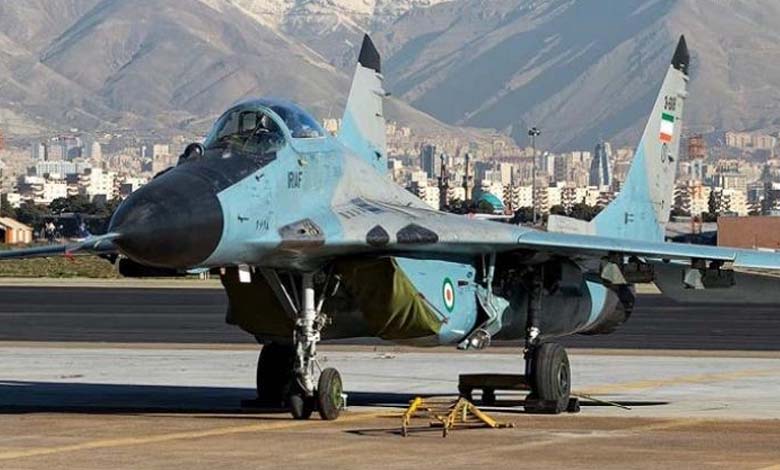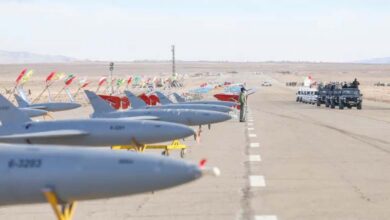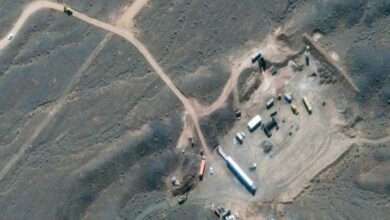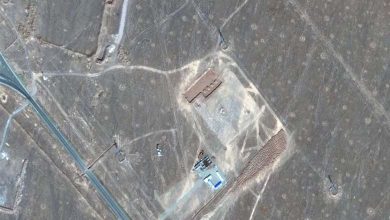Iranian MiG-29s: Can they fend off the impending Israeli attack?

As a sworn enemy of the United States, Iran‘s airspace has faced some of the greatest threats for decades.
These threats spanned from the early 2000s when the U.S. and its allies came close to launching strikes on its nuclear facilities, to 2024, when Israeli officials repeatedly threatened to attack the country.
-
Iran Threatens Gulf States with Retaliation If They Support an Attack on It
-
Will Iran Abandon Hezbollah for Its Regional Interests?
Although Iran primarily relies on its ground-based air defenses for protection, as well as the deterrent capabilities of its drone and ballistic missile arsenals capable of massive retaliatory operations, Iran also has 17 fighter squadrons, two of which are equipped with Soviet MiG-29 fighters dedicated to defending the capital, Tehran.
The dissolution of the Soviet Union in 1991 not only prevented Iran from acquiring more of these fighters but also deprived it of access to more advanced versions of the aircraft or to higher-end Russian fighter jets like the MiG-31 interceptor and the Su-27 fighter.
-
In Case of an Israeli Attack: Source Discusses Iran’s Plan and Target Bank
-
Iranian Missiles on Israel: Launch and Interception Costs
Unlike the Soviet Union, which began marketing its more capable new fighter jets to Iran in 1991, post-Soviet Russia has consistently proven to be highly sensitive to Western pressures.
Thus, contrary to expectations that Iran would obtain a large number of MiG-29s in the 1990s to form the backbone of its fleet, this never materialized.
Despite modern versions of the MiG-29, such as the MiG-29M and MiG-29UPG, which possess considerable capabilities, Iran has not acquired any of these aircraft and has made only modest efforts to upgrade its fighters domestically.
-
Iran’s Attack on Israel: “A Gamble” or “A Trap”?
-
“Telegraph”: Iran May Feel That Building a Nuclear Bomb Is Its Only Option Now
MiG-29s against Israeli Fighters
Today, Iranian MiG-29s are among the most efficient fighter jets in its fleet, but they are no match for the advanced fighters used by its adversaries, such as the American and Israeli F-35s. Although the MiGs still boast superior flight performance compared to their Western counterparts, their weapons and avionics systems are nearly obsolete today.
Nevertheless, these fighters may play important roles in supporting local air defenses, as their presence could force potential attackers to allocate portions of their fighter fleets to air escort operations for potential bombing missions.
-
How did Iranian missiles breach Israel’s “Dome”? 4 Reasons
-
Pager Explosions Lead Iran’s Revolutionary Guards to Ban the Use of Communication Devices
However, the MiG-29‘s capabilities in the face of an Israeli air attack may be limited, as Israel possesses advanced jets like the F-15, F-16, and F-35, which feature modern technology and superior offensive and defensive capabilities.
Therefore, while the MiG-29 may form part of Iran’s air defense, Israeli technological superiority makes it difficult for Iran to rely solely on these aircraft to fend off a comprehensive assault.
-
Iranian Movement Bridges Gap Between Coordinating Framework Leaders
-
Iranian Proxies Focus on Targeting U.S. Bases in Syria
What is the MiG-29?
The MiG-29 entered service in the Soviet Air Force in 1982. In addition to exports through the Warsaw Pact, this class was supplied to Yugoslavia, India, North Korea, Cuba, Iraq, and Syria. The large production of MiGs, which exceeded 100 aircraft annually, allowed the Soviet Union to meet new orders quickly while swiftly replacing its older front-line fighters with new ones.
The MiG-29 was a medium-weight fighter in the same weight class as the American F-18 Hornet, larger than the F-16 but smaller than the F-15. The fighter’s advantage was its ability to operate from temporary airfields, allowing it to deploy far from major airbases. The MiG-29’s standout feature was its integration of the R-73 air-to-air missile, facilitating beyond-visual-range targeting.












